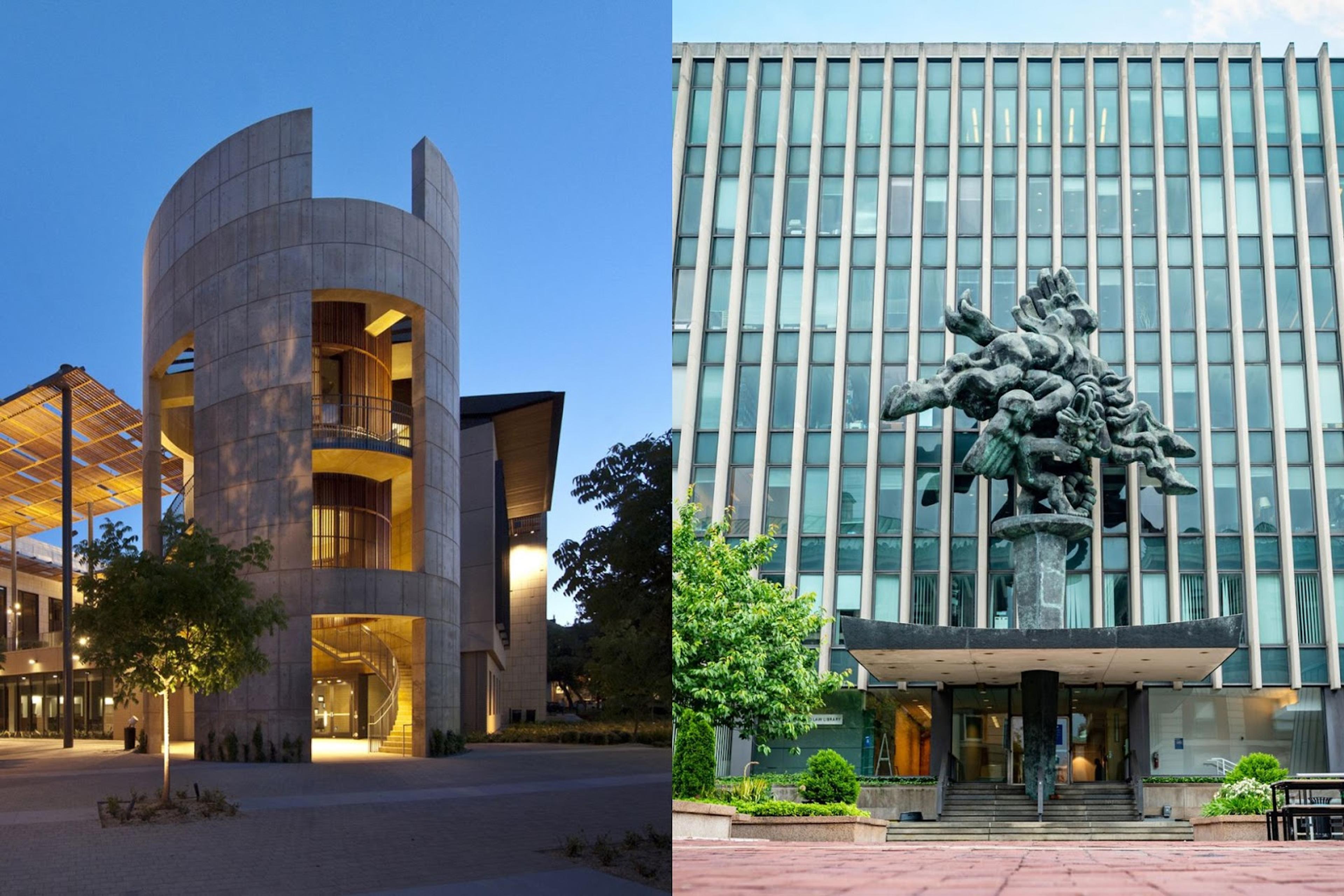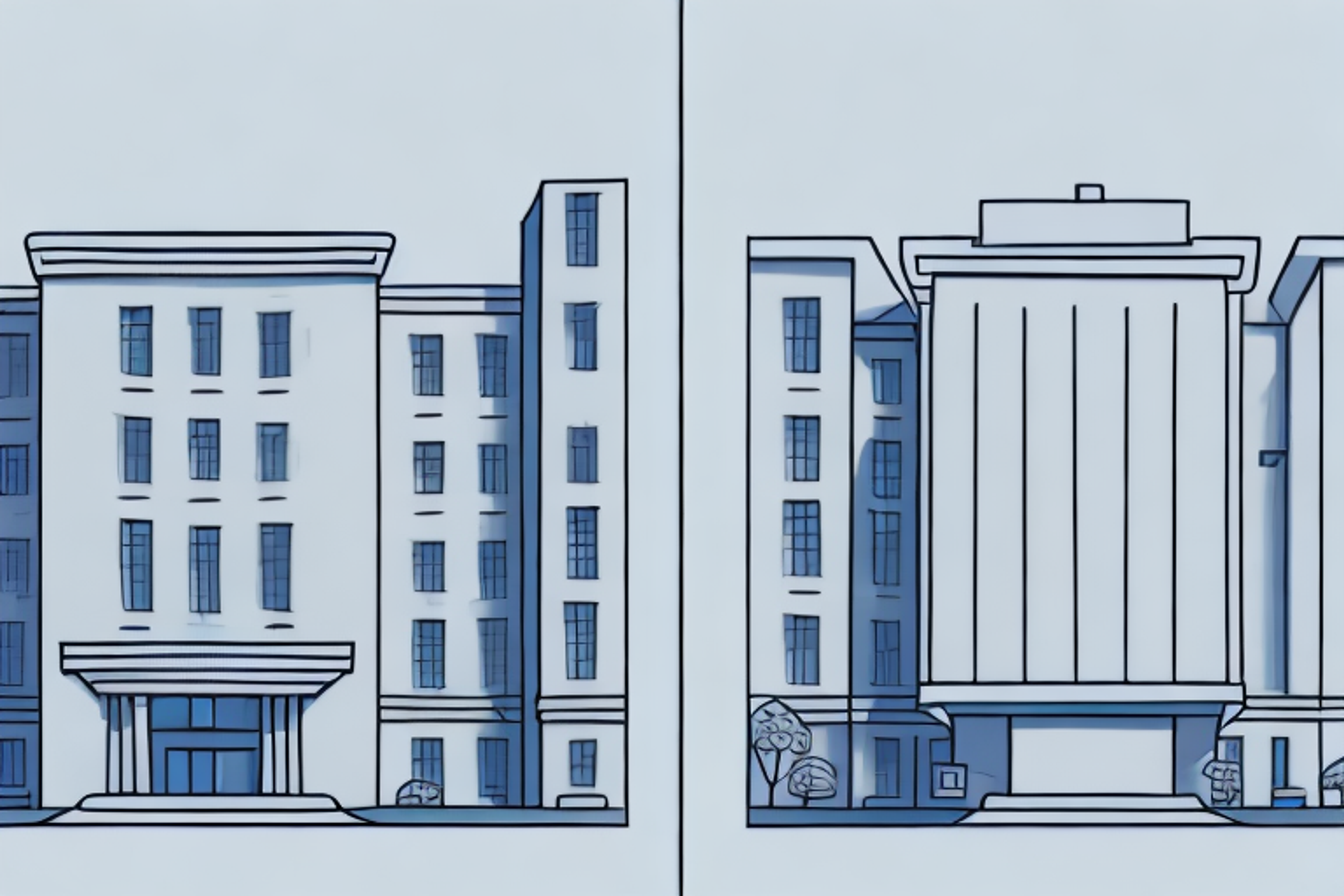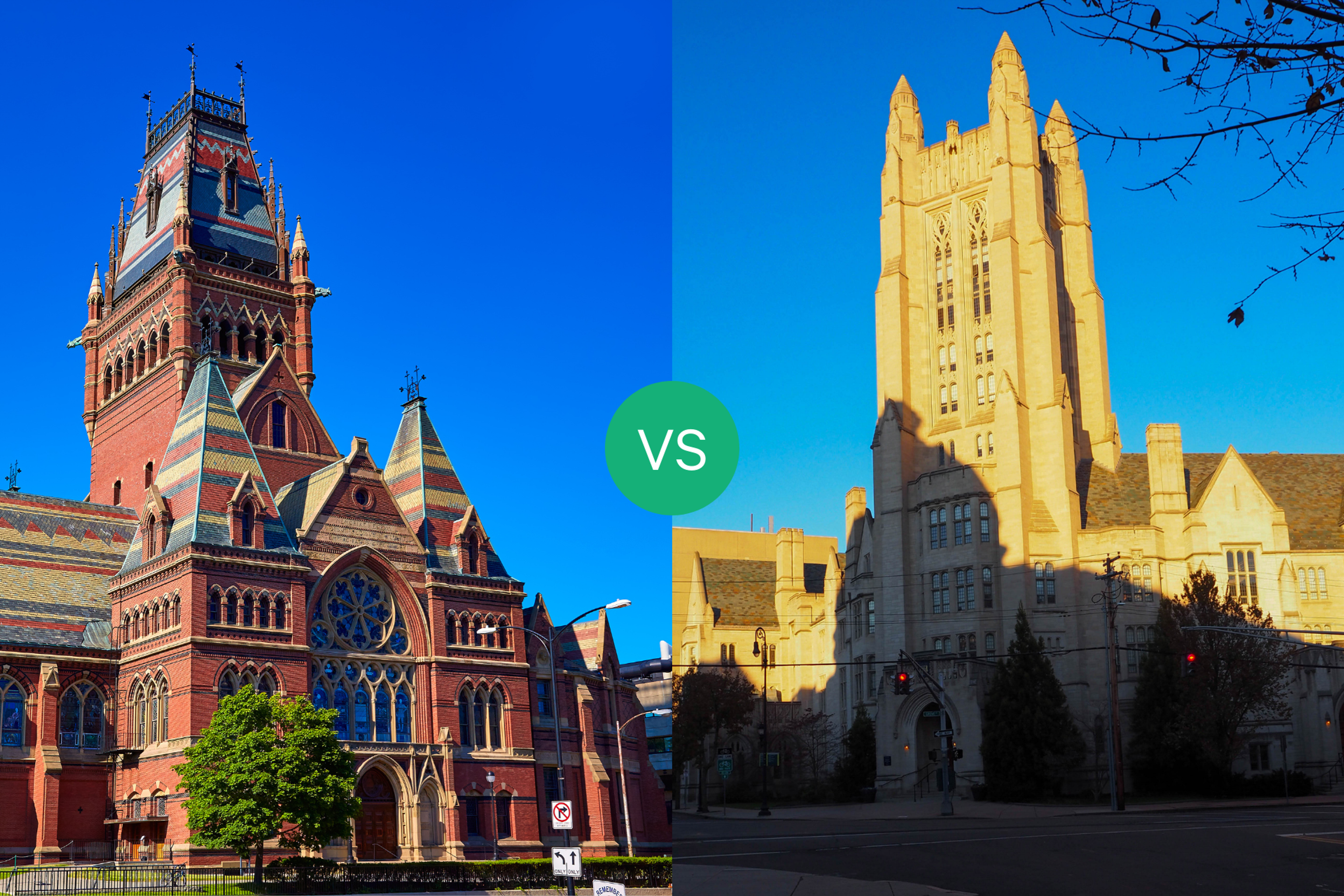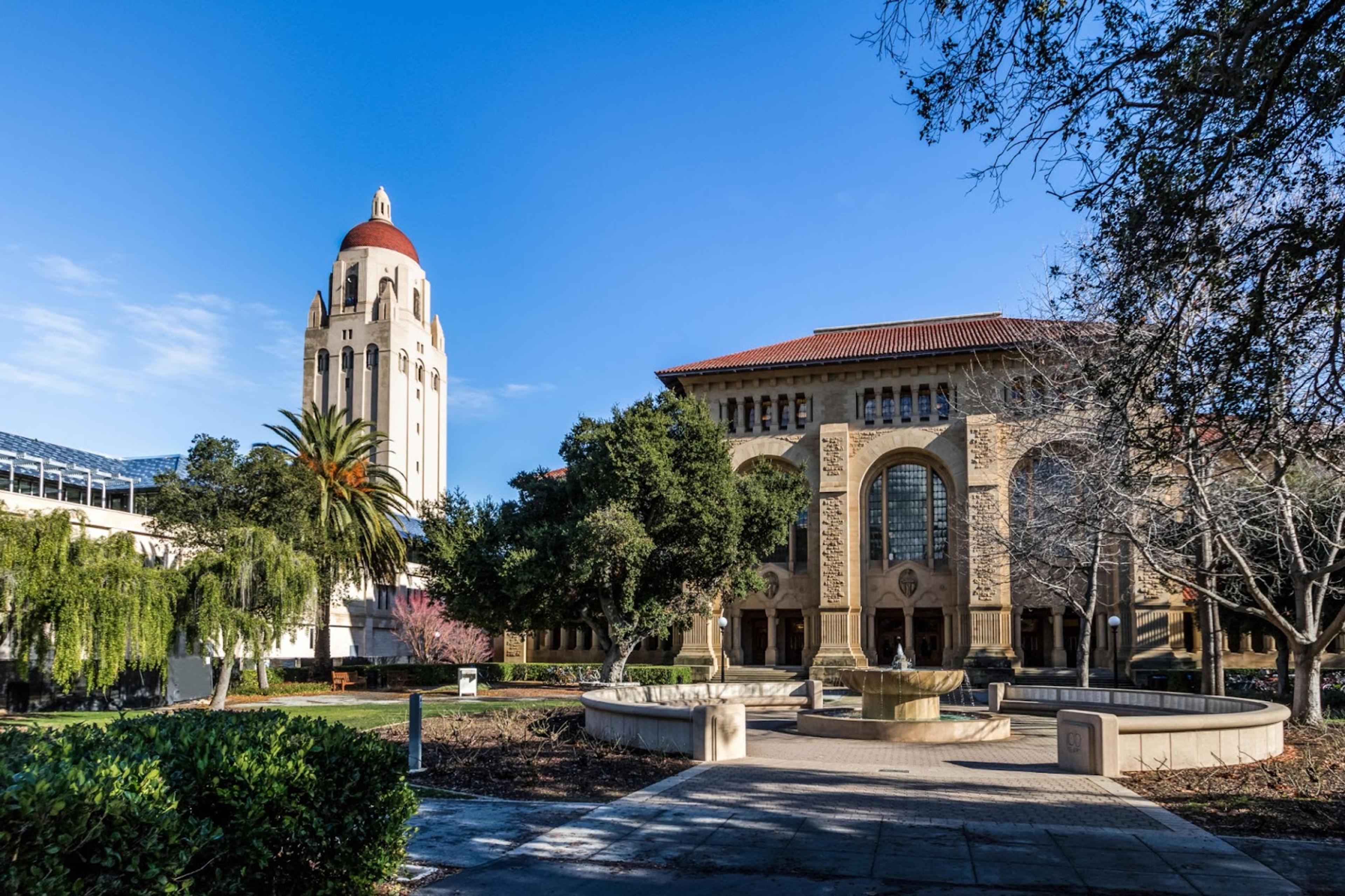Harvard Law School Vs. University of Michigan--Ann Arbor Law School: An In-Depth Comparison
Are you considering pursuing a law degree? Read our in-depth comparison of Harvard Law School and University of Michigan--Ann Arbor Law School to make an informed decision.
Posted April 10, 2025

Table of Contents
Free Event

Featuring Indrani S.
Law School App Office Hours with a Former Stanford AdCom Member
Starting Thursday, April 17
11:30 PM UTC · 45 minutes

Featuring Indrani S.
Welcome to our in-depth comparison of two of the most prestigious law schools in the United States: Harvard Law School and University of Michigan--Ann Arbor Law School. Over the course of this article, we will analyze and compare various aspects of these two institutions, including their histories, admissions processes, curricula, faculty, campus life, career prospects, student diversity, costs, and alumni networks. By the end of this comprehensive analysis, you will have a better understanding of which institution might be the best fit for you.
Introducing the Two Law Schools: Harvard Law School and University of Michigan--Ann Arbor Law School
First, let's start with a brief introduction to the two law schools. Harvard Law School, located in Cambridge, Massachusetts, is one of the most prestigious and oldest law schools in the country, with a history dating back to 1817. It is renowned for producing numerous U.S. presidents, Supreme Court justices, and Nobel laureates. University of Michigan--Ann Arbor Law School, located in Ann Arbor, Michigan, is also a highly respected law school, founded in 1859, with a strong reputation for its intellectual rigor and innovative approach to legal education.
Both law schools offer a wide range of programs and opportunities for students to gain practical experience in the legal field. Harvard Law School has a variety of clinics and centers, including the Harvard Legal Aid Bureau, which provides free legal services to low-income clients, and the Berkman Klein Center for Internet & Society, which focuses on the intersection of technology and law. University of Michigan--Ann Arbor Law School also has a number of clinics, such as the Civil-Criminal Litigation Clinic, where students work on real cases under the supervision of experienced attorneys, and the Environmental Law and Sustainability Clinic, which provides legal assistance to environmental organizations and community groups.
Overview of the History and Prestige of Harvard Law School
Harvard Law School has a long and distinguished history, which features many notable alumni such as Barack Obama, Ted Cruz, and Elena Kagan. It has consistently been ranked as the top law school in the United States by U.S. News & World Report and is considered one of the most prestigious law schools in the world. Harvard Law School has a large faculty with over 100 full-time professors, and the student body is highly diverse, with students coming from all 50 states and over 70 countries. The law school offers a diverse range of courses, clinics, and research opportunities to its students.
Harvard Law School was founded in 1817 and is one of the oldest law schools in the United States. It has a rich history of producing influential legal scholars and practitioners who have made significant contributions to the field of law. The law school has also played a pivotal role in shaping legal education in the United States, with its case method of teaching becoming a widely adopted model for legal education.
In addition to its academic programs, Harvard Law School is also known for its extensive library, which is one of the largest law libraries in the world. The library has over 2 million volumes and is a valuable resource for legal scholars and practitioners. The law school also has a strong commitment to public service, with many of its graduates going on to work in public interest law and government service.
Overview of the History and Prestige of University of Michigan--Ann Arbor Law School
The University of Michigan--Ann Arbor Law School has a long and respected history of producing some of the most successful lawyers and public servants in the United States. It has a diverse and inclusive student body and faculty and has been consistently ranked as one of the top law schools in the country by U.S. News & World Report. The law school offers a wide range of programs and clinics, including public interest, advocacy, intellectual property, and entrepreneurial clinics, giving students access to a wide range of legal specialties.
Comparison of Admissions Process and Selectivity between Harvard and Michigan
The admissions standards at Harvard and Michigan differ considerably. Harvard Law School has a highly selective admissions process, with only around 15% of applicants being admitted each year. The median LSAT score for admitted students is 173, and the median undergraduate GPA is 3.9. In contrast, the admissions process at Michigan Law School is slightly less selective, with an acceptance rate of around 24%. The median LSAT score for admitted students is 170, and the median undergraduate GPA is 3.8.
Curriculum and Course Offerings: A Detailed Analysis of Harvard vs. Michigan
Harvard Law School and Michigan Law School offer different curricula and course offerings. Harvard has a very traditional legal education, with a focus on case law and legal theory taught through the Socratic method. Michigan, on the other hand, has a more practical approach to legal education, with a greater emphasis on experiential learning and skills-based courses. Michigan also offers a greater range of practical and clinical courses than Harvard, including the renowned Michigan Innocence Clinic and the Pediatric Advocacy Initiative.
Faculty and Staff Comparison: Who's Who in Harvard vs. Michigan Law Schools?
Both Harvard Law School and Michigan Law School have world-renowned faculties. Harvard Law School has over 100 full-time professors, including some of the most respected legal scholars in the world. Michigan Law School has a highly diverse and accomplished faculty, with over 60 full-time faculty members and a range of adjunct professors from the legal community. Both faculties are committed to providing students with the best legal education possible and are heavily involved in research, scholarship, and public service.
Campus Life and Extracurricular Activities: What to Expect at Harvard vs. Michigan
The campus culture and extracurricular activities offered by each law school differ considerably. Harvard Law School has a highly competitive and intense culture, with a focus on academic excellence and success. The law school offers over 100 student-run organizations, including the Harvard Law Review and the Harvard Legal Aid Bureau, allowing students to gain practical legal experience while also building a strong network of colleagues and friends. Michigan Law School, on the other hand, has a more collegial and collaborative culture, with a greater focus on community service and public service. The law school offers several student-run clinics, including the Michigan Clinical Law Program and the Child Advocacy Law Clinic, which provide students with the opportunity to work on actual legal cases while also building their legal skills.
Bar Passage Rates: How Do Graduates from Harvard and Michigan Compare?
The bar passage rates of the two institutions are quite similar. According to the American Bar Association, the bar passage rate for first-time takers from Harvard Law School in 2019 was 97.32%, while Michigan Law School's rate was 95.94%. Both law schools have a strong reputation in the legal community, and graduates from both institutions have gone on to work at some of the most prestigious law firms and public institutions in the United States.
Job Prospects After Graduation: Employment Rates, Salaries, and Industry Trends Compared between Harvard vs. Michigan
Graduates from both Harvard Law School and Michigan Law School have excellent job prospects after graduation. According to U.S. News & World Report, around 91% of Harvard Law School graduates and around 87% of Michigan Law School graduates are employed within 10 months of graduation. The median starting salary for Harvard Law School graduates is around $190,000, while the median starting salary for Michigan Law School graduates is around $160,000. Graduates from both law schools have gone on to work at top-tier law firms, government agencies, and public interest organizations in a wide range of industries and sectors.
Student Diversity: Examining Demographics, Ethnicity, Gender Ratio, etc., at Harvard vs. Michigan
Both Harvard Law School and Michigan Law School have highly diverse student populations. According to official statistics, around 50% of Harvard's student body is female, and around 40% of students self-identify as members of minority groups. At Michigan Law School, around 47% of the student body is female, and around 30% self-identify as members of minority groups. Both law schools have made diversity and inclusion a priority in recent years, and have implemented a range of initiatives to support underrepresented students and promote greater diversity in the legal profession.
Cost of Attendance: Tuition Fees, Financial Aid Options, Scholarships, etc., Compared between the Two Institutions
The cost of attending either Harvard Law School or Michigan Law School can be substantial. According to official university estimates, the total cost of attendance for Harvard Law School in 2020-2021 is around $101,000 per year, while the total cost of attendance for Michigan Law School is around $80,000 per year. Both law schools offer a range of financial aid options, including need-based aid, scholarships, and loans, to help students meet the costs of their legal education. However, the availability and amount of financial aid can vary significantly depending on individual circumstances, and students are encouraged to research and apply for all available funding opportunities.
Alumni Networks and Community Engagement: How Does Harvard Law School Compare to University of Michigan--Ann Arbor Law School?
Both Harvard Law School and Michigan Law School have extensive alumni networks and an active community of supporters and advocates. Harvard Law School has a global network of over 37,000 alumni who work in a wide range of industries and fields, from law and public policy to business and education. The law school also has a highly active alumni association, which offers a range of events, networking opportunities, and mentoring programs to current students and recent graduates. Michigan Law School also has a strong alumni network, with over 24,000 graduates working in a wide range of legal and non-legal fields. The law school offers a range of events, publications, and mentoring programs to alumni, and encourages greater community engagement and service from all members of its community.
Conclusion: Which Institution is Better for You -- Harvard or University of Michigan--Ann Arbor?
Ultimately, the decision of which law school to attend will depend on your individual needs, goals, and preferences. Both Harvard Law School and Michigan Law School offer highly respected legal education and excellent employment prospects for graduates. Harvard Law School is renowned for its academic rigor and prestige, while Michigan Law School offers a more practical and diverse legal education with a stronger focus on community service. You should consider the costs, location, faculty, curriculum, and community of both law schools carefully before making a decision, and speak to current students, alumni, and faculty members to gain a better understanding of each institution. Whatever decision you make, you can be confident that both Harvard and Michigan law schools will provide you with a strong foundation in legal education and a network of supportive colleagues and mentors to guide you on your legal career path.











